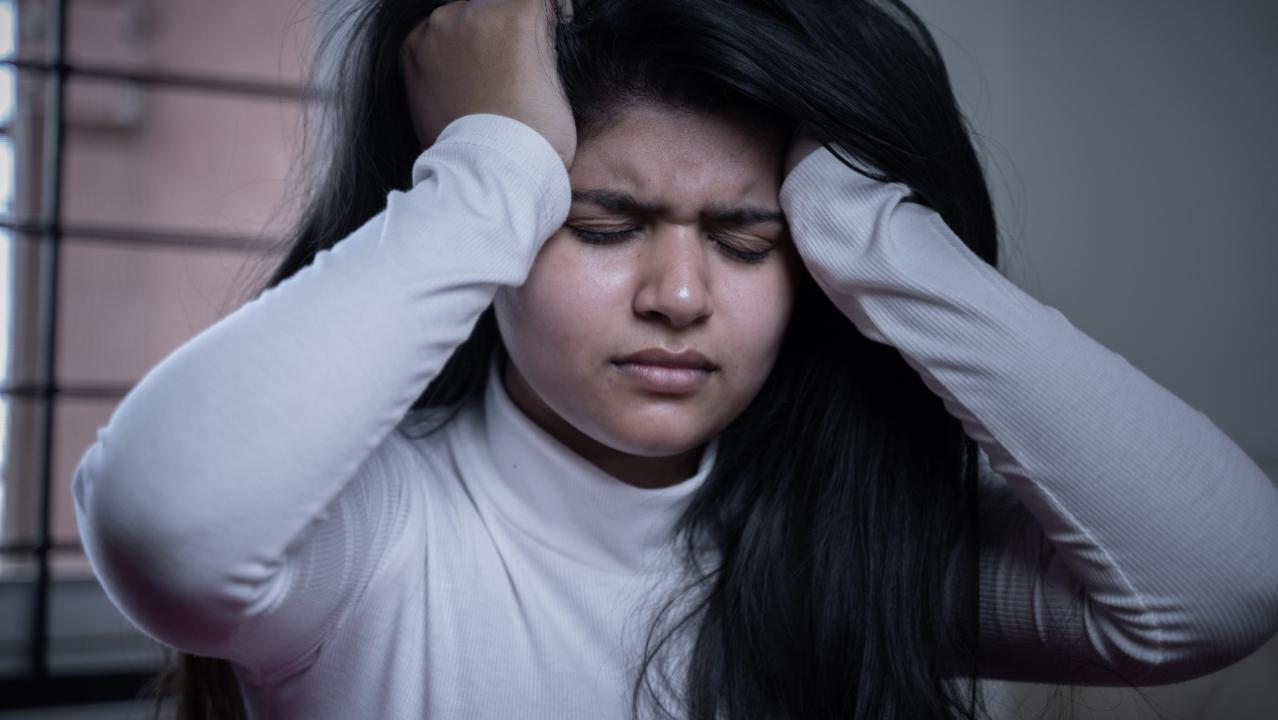Research carried out among women and children in Lucknow, has found poor indoor quality leading to over 10 ailments. including cough and wheezing, dry throat, shortness of breath, itchy eyes and more

Image for representational purpose only. Photo Courtesy: istock
The effects of pollution not only outdoors but also indoors could affect one's health with common symptoms like headache, itchy skin and stuffy or runny nose, which may otherwise be considered the reasons when one is suffering from a cold. It can be caused due to poor air quality within one's home.
Research carried out among women and children in Lucknow, has found poor indoor air quality leading to over 10 ailments. including cough and wheezing, dry throat, shortness of breath, itchy eyes and more.
ADVERTISEMENT
The research was undertaken by a team led by Alfred Lawrence of the chemistry faculty at the Isabella Thoburn College of the University of Lucknow to assess the health risk among the women and children specifically due to indoor air pollution.
The findings of the research presented recently at an international conference at the University College of Stockholm, Sweden, found headache as the most common symptom as reported by 60 per cent women, while in children it was stuffy nose as reported by 62 per cent.
The participants included 560 women from three microenvironments.
While 434 (77. 5 per cent) women were from planned residential areas, 107 (19.1 per cent) were from the industrial belt of the city, whereas 19 (3.4 per cent) were from the commercial belt of the city.
The study was done using a real time portable air sampler that was placed in the living area to study the variation pattern and was placed at least two meters away from doors and walls of the room.
It found the concentration of PM 2.5 pollutants indoor to be almost six times higher than the WHO standards.
Research scholar Samridhi Dwivedi said the study also found 51.1 per cent of women consciously unaware of household air pollution. The study found that the deposition of particles in women was the highest in the head region (61.1 per cent) followed by pulmonary (21.1 per cent) and tracheobronchial region (17.3 per cent).
Among 408 children, who were part of the study, 62 per cent complained of a stuffy nose, followed by dry/sore throat reported by 30.6 per cent children.
The study found that in most of the cases, these symptoms were more prevalent during October and November, followed by February and April.
The study found that poor indoor air quality is also keeping children at increased risk of attention deficit hyperactivity.
Also Read: Young adults need to beware of heart attacks post-Covid-19, here’s why
This story has been sourced from a third party syndicated feed, agencies. Mid-day accepts no responsibility or liability for its dependability, trustworthiness, reliability and data of the text. Mid-day management/mid-day.com reserves the sole right to alter, delete or remove (without notice) the content in its absolute discretion for any reason whatsoever
 Subscribe today by clicking the link and stay updated with the latest news!" Click here!
Subscribe today by clicking the link and stay updated with the latest news!" Click here!







